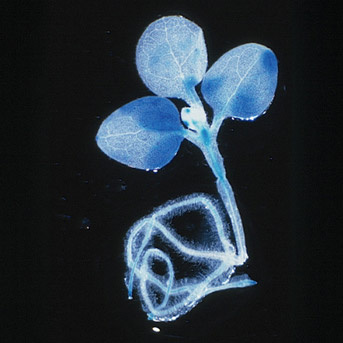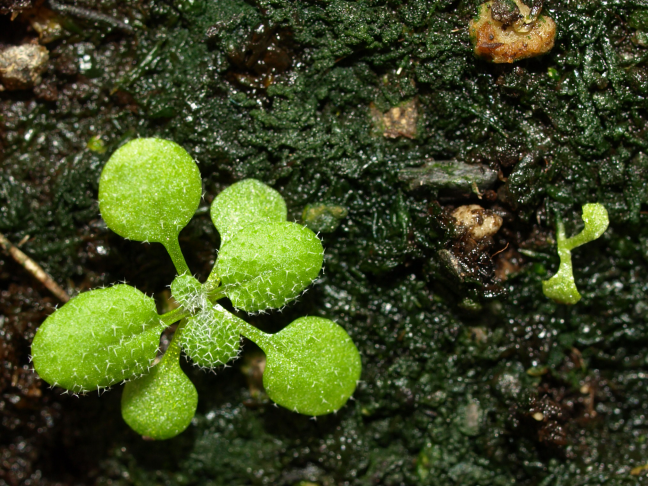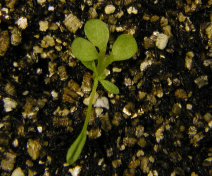We study genetic and epigenetic mechanisms put in place by plant cells to identify and silence invading sequences of endogenous (transposons) or exogenous (pathogens) origins.
Biological Question
Genomes are constantly exposed to various types of threats, which require concerted actions to preserve their integrity and functionality. We are particularly interested in understanding how:
- DNA damages caused by genotoxic stresses are repaired in a way that preserves both DNA sequence and chromatin integrities.
- Endogenous aberrant RNA resulting from transcription, maturation or translation defects are eliminated without affecting functional RNAs.
- DNA and RNA from invasive endogenous (transposons) or exogenous (pathogens) elements are eliminated or kept in check via the action of small RNAs produced by the cell in response to these invading nucleic acids.
Models, tools and methods
Our group started deciphering the molecular mechanisms underlying epigenetic silencing in the early 90’s, leading to seminal contributions in the RNA silencing field, including the discovery of the existence of a mobile silencing signal and the identification of the first mutants of Arabidopsis impaired in post-transcriptional gene silencing (PTGS). We showed how essential is PTGS for developmental and for defense against viruses (see images). Then, we revealed that another RNA degradation pathway, RNA quality control (RQC), which specifically eliminates aberrant RNAs, acts as a first layer of defense and prevents the entry of endogenous RNA into PTGS, which would be deleterious for the plant (see image). Our objective is now to elucidate the interplay between RNA silencing, RQC and other pathways, including DNA repair, chromatin remodeling, RNA splicing and RNA export.
Societal and economical impacts
Viruses cause major yield loss in agriculture. Our research aims at defining strategies to make plants more resistant to viruses.

Leader:
Hervé Vaucheret

